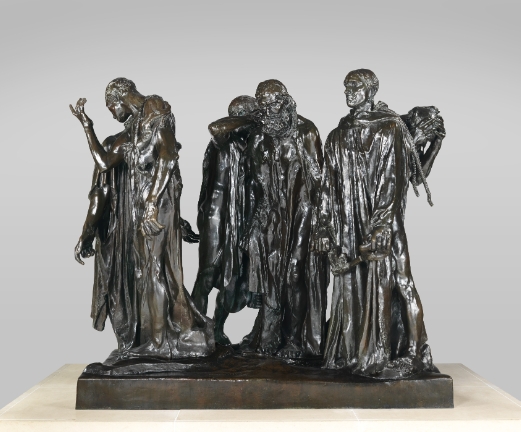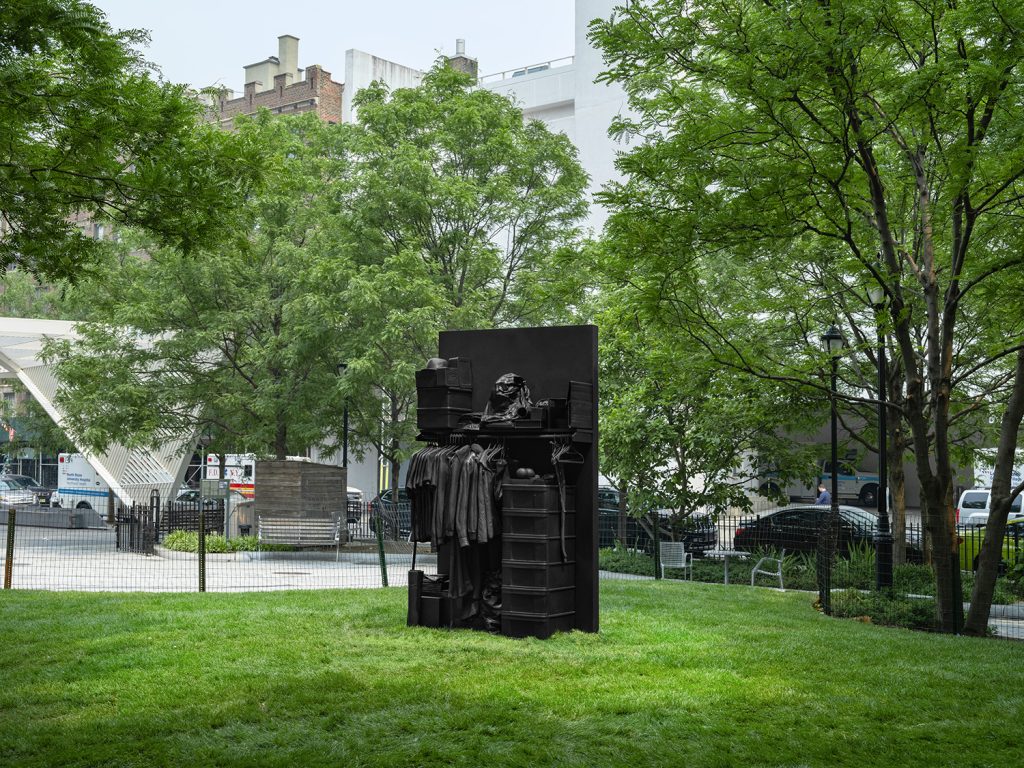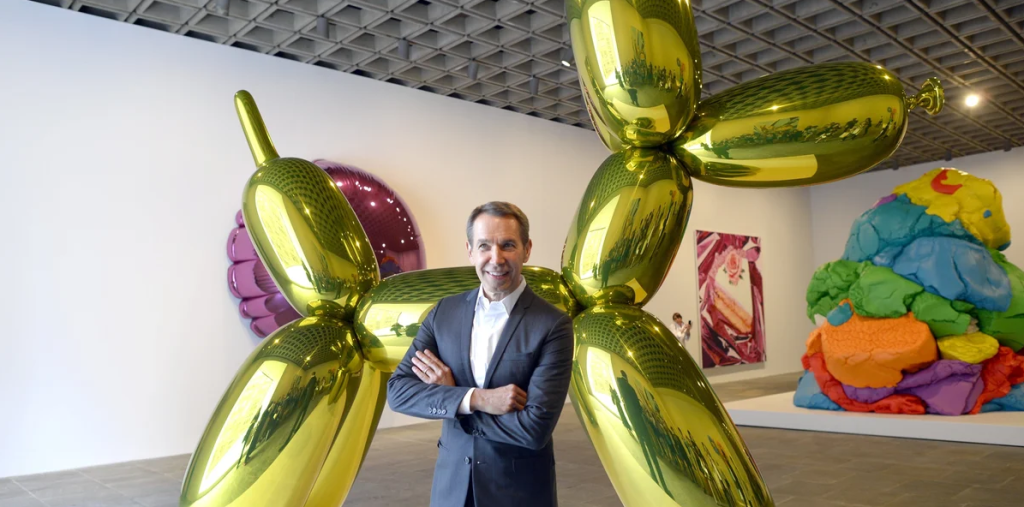Emotional Depth and Mastery: The Timeless Allure of Rodin’s “The Thinker”
Auguste Rodin’s “The Thinker” is not just a statue; it’s a profound representation of the human experience, grappling with existential questions and emotions. This iconic work speaks to our internal struggles and intellectual pursuits, making it a timeless piece that resonates with audiences across generations. In this post, we will explore the emotional depth and artistic mastery that define Rodin’s masterpiece.
The Power of Contemplation
“The Thinker” embodies the essence of introspection and contemplation. Captured in a moment of deep thought, the figure’s posture—a clenched fist supporting the chin—invites viewers to pause and reflect. This pose not only conveys a sense of concentration but also highlights the complexities of human emotion. Rodin’s ability to capture this moment evokes empathy, encouraging us to consider our own thoughts and feelings, ultimately connecting us with the shared human experience.
Artistry and Technique
Rodin’s mastery of form is evident in the sculpting of “The Thinker.” He used materials like bronze to bring an incredible realism to the figure, allowing for intricate details that highlight the play of light and shadow. Each muscle and contour is thoughtfully crafted, drawing attention to the figure’s physical presence as much as its mental state. This harmonious balance between form and substance elevates the piece, making it not only visually striking but deeply resonant on an emotional level.
Cultural Significance and Influence
The impact of “The Thinker” extends far beyond the art world; it has permeated popular culture and societal discourse. Often seen as a symbol of philosophy and creativity, the sculpture has inspired countless adaptations and references in literature, film, and even political movements. Rodin’s ability to provoke thought and dialogue remains relevant today, as individuals continue to grapple with questions of existence, purpose, and identity.
In conclusion, Rodin’s “The Thinker” is a testament to the power of art to encapsulate the complexity of human emotions and ideas. Its dynamic interplay of form and meaning invites us to engage in our own reflections. If you’re captivated by the depth of this iconic work, consider visiting your local museum or researching more about Rodin’s life and his other notable sculptures.


